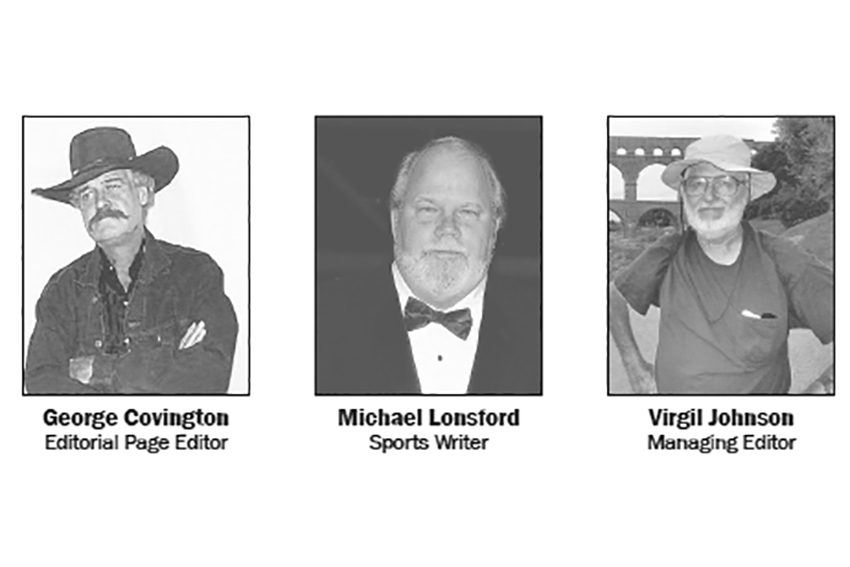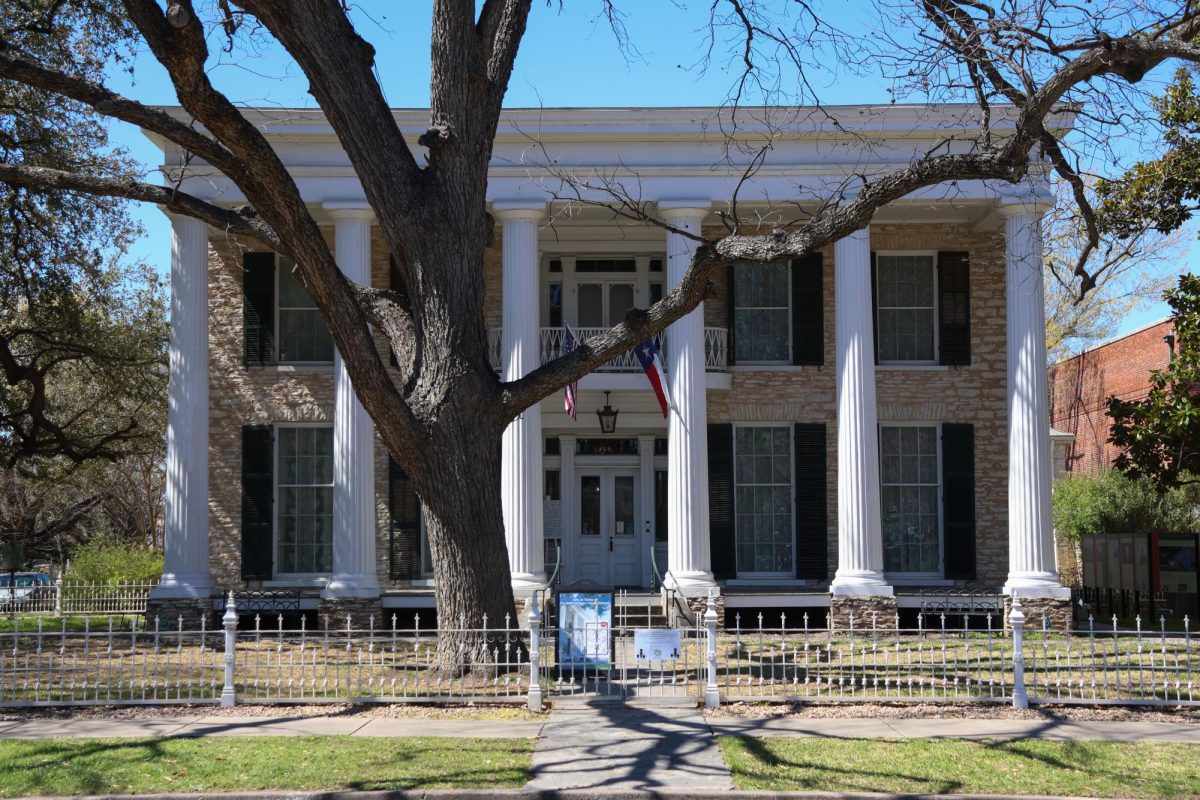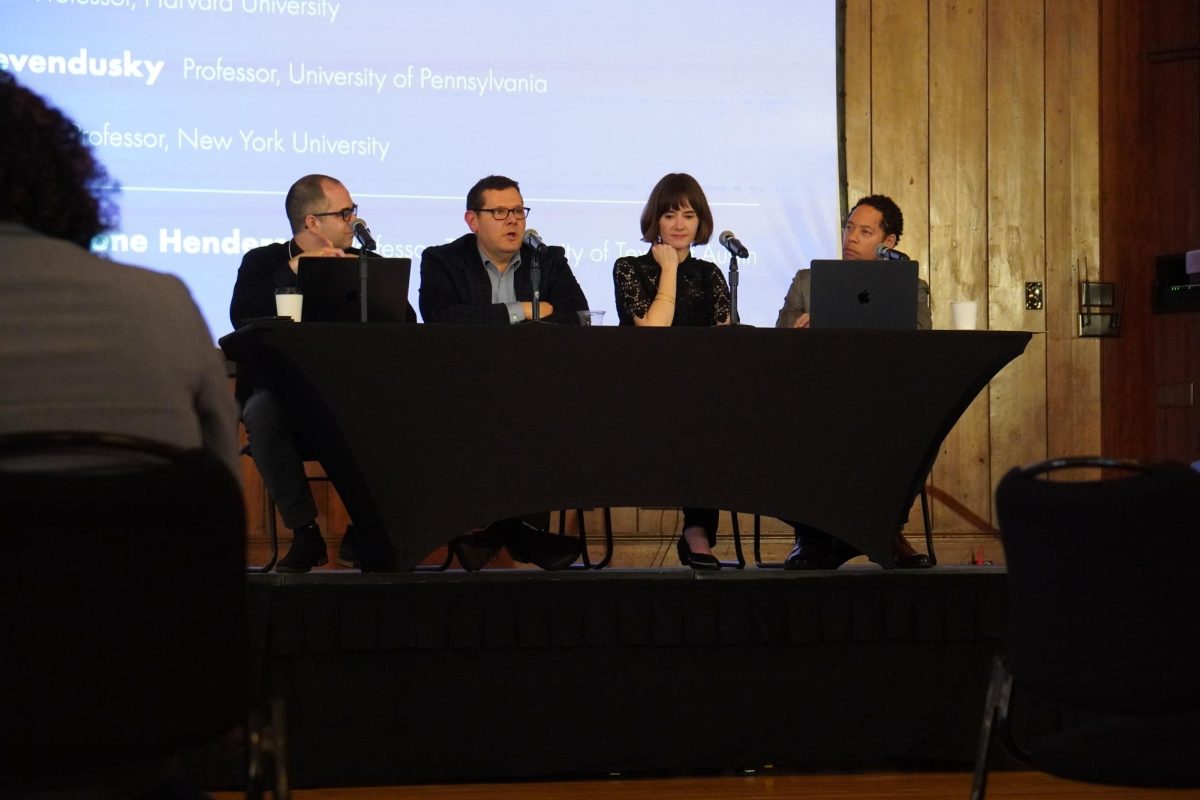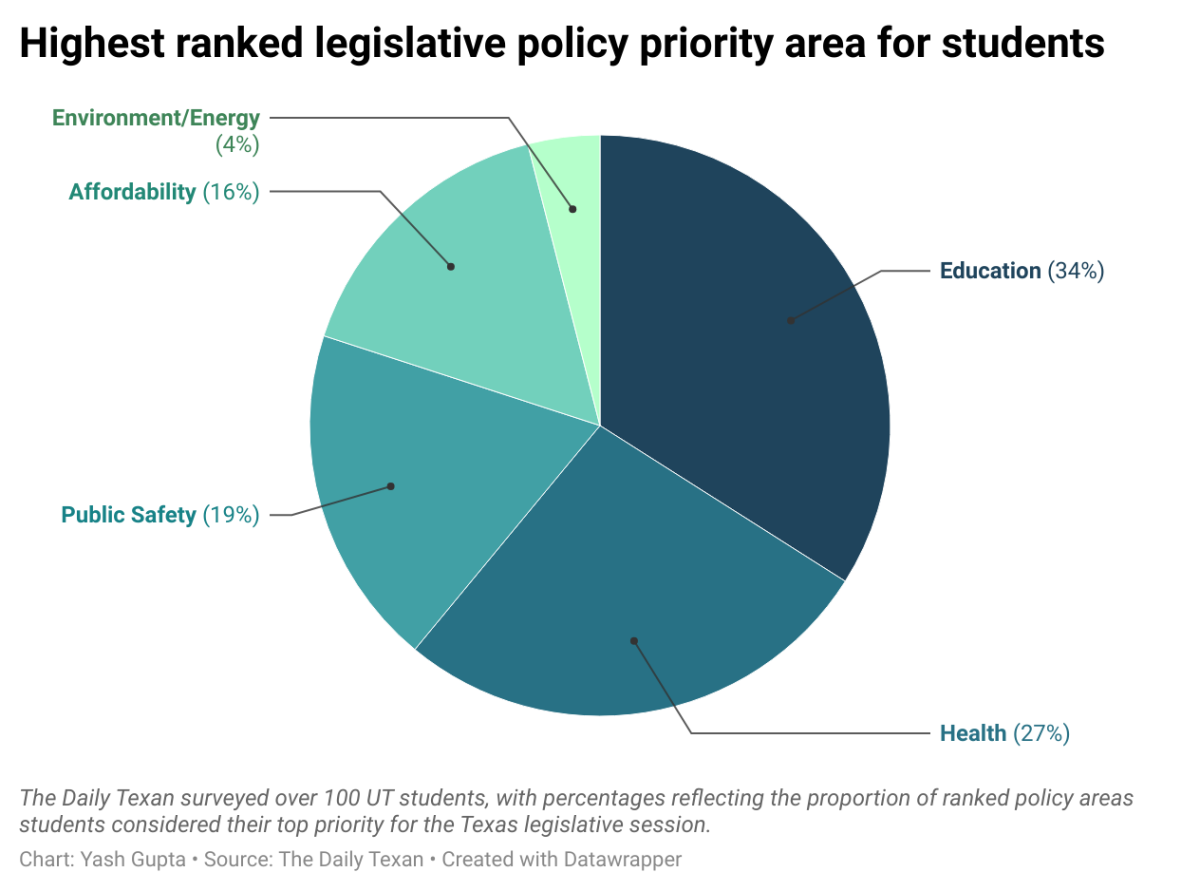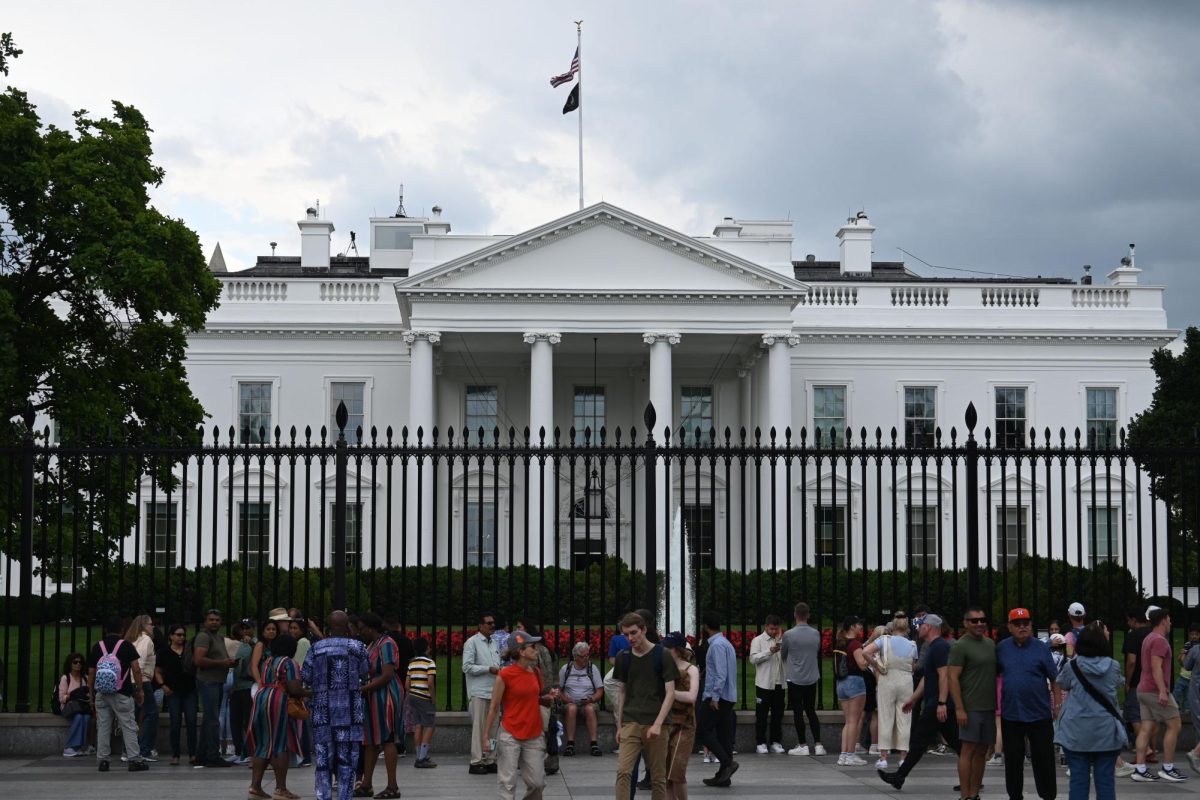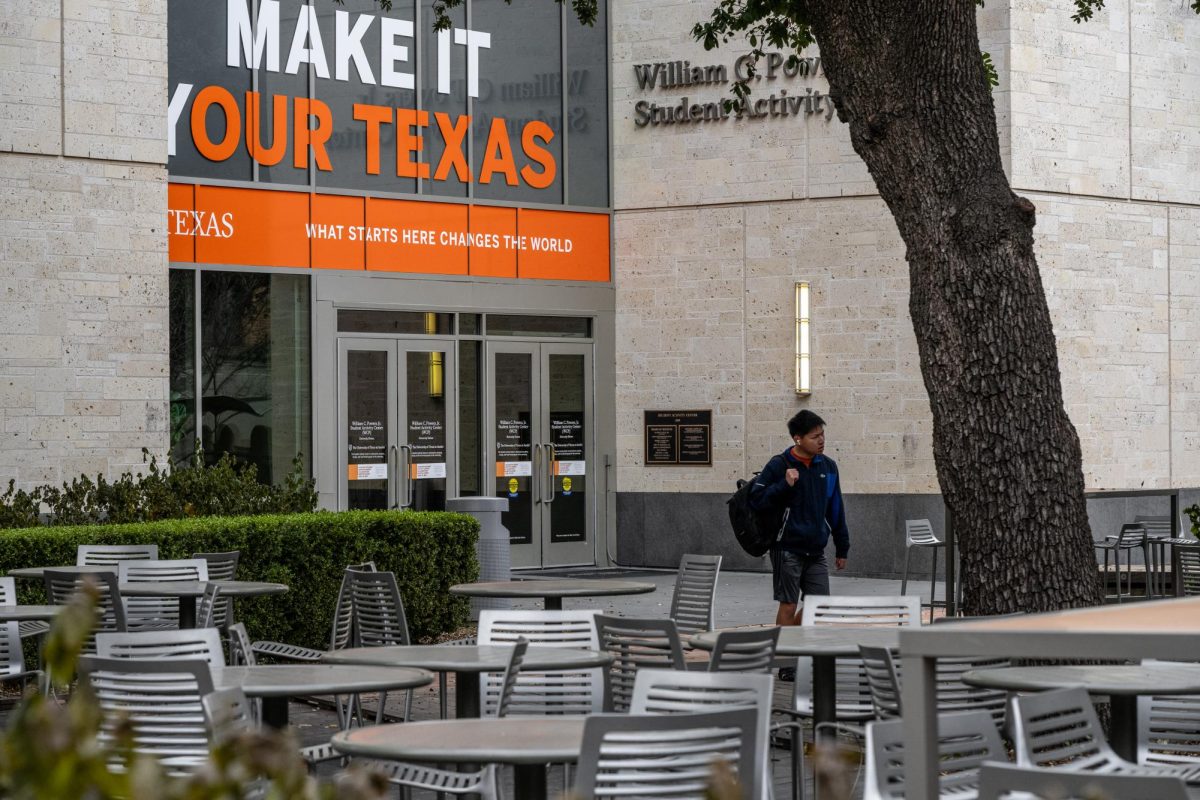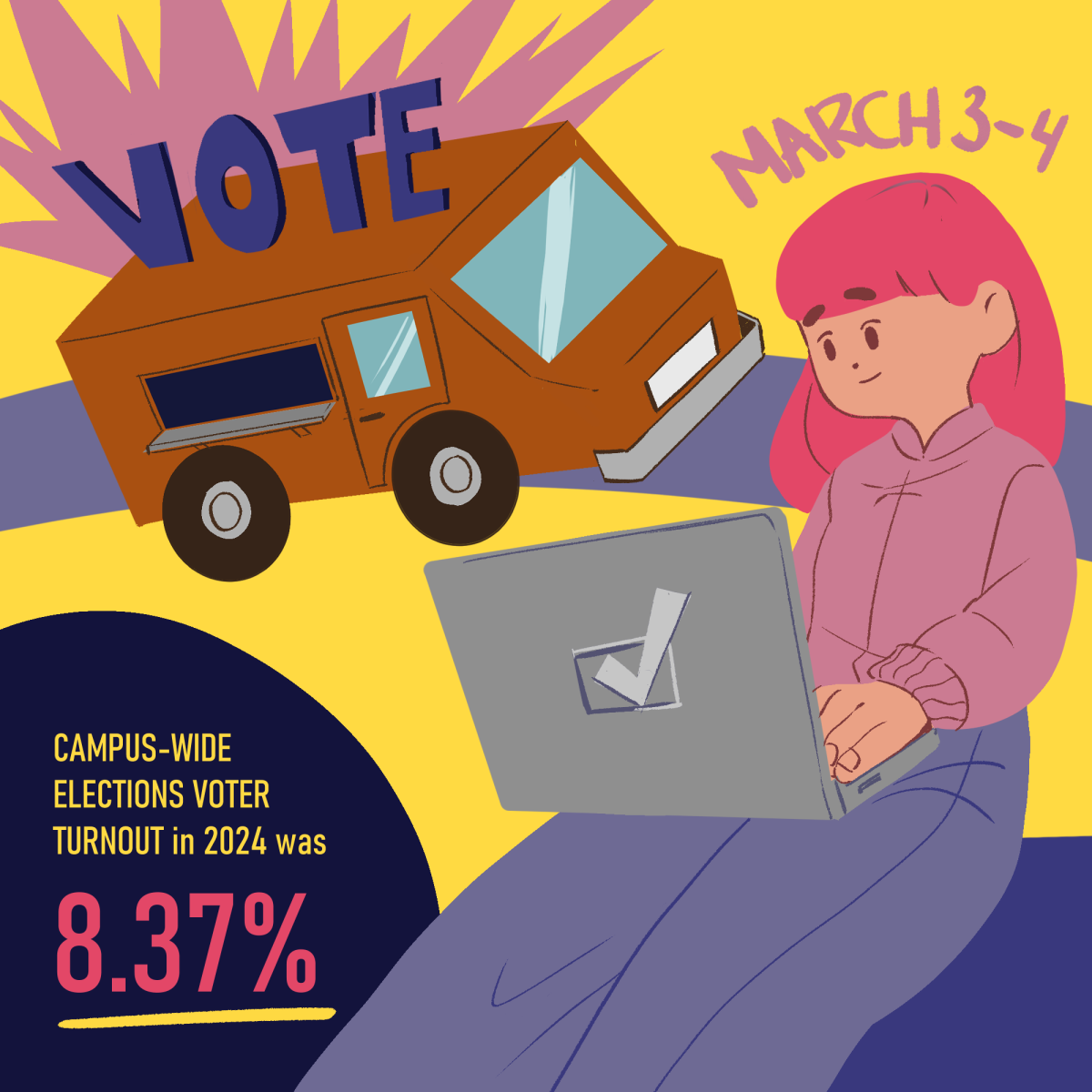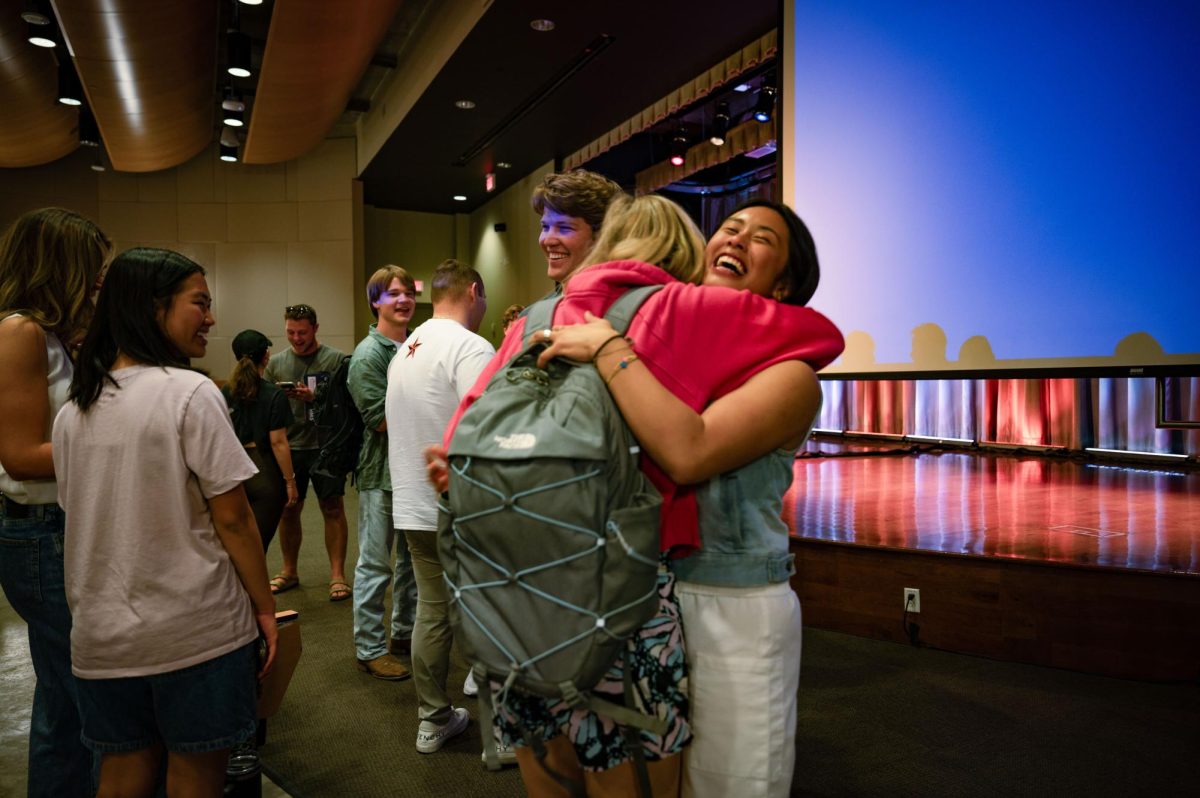John Economidy, editor-in-chief of The Daily Texan, gathered staff members at 9 a.m. on Aug. 1, 1966 for an impromptu meeting to plan the next day’s newspaper. Like many summer days, news was dull.
“What we need,” someone said, “is something like the Rigsby-Stark murders.”
The previous summer, James C. Cross confessed to raping and killing Susan Rigsby and murdering Shirley Stark, both 21-year-old coeds from Dallas. The Texan covered the case.
Someone else chimed in, “Why doesn’t someone go up and jump off the tower?”
“And we all agreed,” Economidy said, “that would be a great news feat.”
But in three hours, 25-year-old architectural engineering student Charles Whitman would go to the top of the UT Tower, kill 13 people and injure 32, after murdering his mother and wife. The staff, as student journalists, would be responsible for covering America’s first mass shooting on a college campus. Their newsroom would become the on-campus press headquarters.
The meeting ended and staffers dispersed. Economidy headed back toward his apartment in West Campus for lunch, listening to the radio while he ate. Around noon, he heard KTBC anchor Neal Spelce on the radio.
“This is a warning to the citizens of Austin,” Spelce said. “Stay away from the University area. There is a sniper on the University Tower firing at will.”
Economidy ran toward campus.
Texas was the first. Fifty years after Whitman mounted his arsenal on the observation deck of the Tower, the list of school shootings has added, among others,
Columbine, Virginia Tech and Sandy Hook.
But the pattern that follows school shootings today — the shock, the grief, the memorializing and the forgetting — didn’t happen then.
“This was in 1966,” Senator Judith Zaffirini said. “It wasn’t at a time when mass shootings were, unfortunately, as common as they have become. It was a totally different phenomenon. It was mind-boggling.”
A nation was flummoxed. A region was shaken. How could that happen here? Austin was not the metropolis it is now. There were about 700,000 fewer people. The Capitol and the UT Tower were the two tallest buildings.
Zaffirini was the special editions editor for the Texan that summer. She sat at her desk on the south side of the journalism building, in front of a window with a perfect view of the tower when the shooting began.
When she heard the first gun shots at 11:48 a.m., she thought it was construction. She headed to the Student Union for lunch, walking out in the open and in range, still hearing the bangs.
“But never, ever, ever, did I consider it was gunfire,” Zaffirini said.
She walked up to the entrance, through a huddle of students, and into the normally packed dining area. Empty. She grabbed orange juice and walked past the entrance, through the huddle of students again, and headed back to the journalism building. A man suddenly tackled her from behind.
“Don’t you know what’s going on?” he asked her.
“What’s going on?” she replied.
When sports writer Michael Lonsford got out of his class around 11:45, he walked to the tower, to the ground floor vending machines. Guns fired. Bodies fell. Students ran. But Lonsford kept walking. Once inside, he found out someone was shooting people from the observation deck.
While Lonsford was stuck inside the tower, Zaffirini was now inside the Student Union along with managing editor Virgil Johnson.
Zaffirini tried using a payphone to reach her husband. They shared a car and he was scheduled to give her a ride home. He was going to pick her up at the journalism building, meaning he would drive on the Drag, where Whitman killed five people and injured four others.
“I remember the long, long, long lines of students trying to call out, trying to call home, trying to call other people to say they were OK,” Zaffirini said. “And I wanted to call my husband to tell him not to come because I knew he wouldn’t know what was going on. How would he?”
She finally reached him, and he was stunned to find out what was going on. She told him to stay home.
At the Union, she saw people injured and killed on the Drag. She heard shots. Shouts. Screaming.
“It was a war zone,” Zaffirini recalled.
George Covington has always had bad eyesight. He has a degenerative retinal disease, and his vision was was 2400, 1/100th of healthy vision.
He was at his apartment when the shooting started, and despite the risk, the distance and his vision, he decided to head to campus.
“I was a 22-year-old Daily Texan staffer,” said Covington, the editorial page editor, “and I wasn’t going to be left out of this story.”
He ran from his apartment on Nueces, to the Drag, to the UT News and Information Center by the Littlefield House, then hid behind a parked car by the journalism building.
As Covington hid behind a car, Economidy was on the Drag, by the United Methodist Church on 24th and Guadalupe Streets, directing traffic away from the drag and diverting them to side streets. Suddenly, someone was shot several feet from him.
He ran to the journalism building.
Covington knew he needed to get inside, and he sort of saw the south entrance to the journalism building, but everything was a blur; his eyes didn’t allow him to make out sharp edges or separate colors.
He furiously ran to the door through wide-open space.
Once inside, he walked toward his office, and noticed Norris Davis, Chairman of the School of Journalism, and other students, holding open the front door and looking up at the Tower.
“You idiots are going to get yourselves shot if you don’t get away from that door,” Covington yelled.
They shut the door and backed away.
“Get off your butts. Get out there and win the Pulitzer Prize,” Economidy told two photographers, sitting inside the journalism building, peeping through the blinds up at the tower.
Economidy then grabbed a notepad and rushed down to the UT campus police, located on 24th street and Speedway. Once he arrived, UT campus chief of police Allen R. Hamilton told him, “John get me a phone number out of the phone directory of an armored car service.”
The armored car met them at the Texas Memorial Museum and was used as an ambulance. Hamilton and another officer rode inside, while Economidy rode on the outside of the vehicle, scribbling notes on his pad as the armored car picked up victims.
Suddenly, at about 1 p.m., Hamilton turned to Economidy and said, “Hot damn John, they got him, let’s go.”
The massacre lasted 96 minutes.
Afterwward, Economidy returned to the Texan office. Lonsford was assigned, along with Lucy Horton, to go the hospital and interview the wounded, but no one wanted to talk.
Meanwhile, Economidy waited inside the tower. The victims were brought down, uncovered and in gurneys standing straight up.
He only caught a glimpse of Whitman, peppered by three shotgun blasts, since Hamilton told him to leave as they brought him down.
Later that day, reporters were allowed to go up to the tower. Covington, the ediotorial page editor, went up and was struck by the nauseating smell of blood that had pooled up in the reception area.
“It smelled like raw meat,” Covington recalled.
He went to the observation and peered out the north side of the tower, looking down at the journalism building, the car he hid behind and the space he ran through. “I could hit myself with a rock,” he thought.
“That was the first time I felt weak on my knees,” he recalled, thinking if he could see himself, then a former Marine with Sharpshooter’s badge could’ve seen him too.
At the Texan, Johnson worked with the photo department to choose a photo. Economidy designed the paper, choosing to use a four-column spread and banner headline.
Lonsford went home and watched Walter Cronkite discuss the shooting. Zaffirini went home with her husband as well, still so shaken by the shooting that she waited outside the bathroom door as her husband showered, not wanting to be alone.
The UT Tower stretches 307 feet into the Austin sky, a landmark of the school, but a reminder of the darkest day in its 133-year history.
After 50 years, Judith Zaffirni is startled by the sound of construction. The impact and the memories from Aug. 1, 1966 cannot be forgotten. Time helps repress them. George Covington has only thought of that day two or three times. Virgil Johnson has forgotten a lot from that day.
In the office, behind the computer, on the wall, hangs a plaque. Every Texan editor gets to choose an issue of the Texan during their regime to be copper encrusted as a plaque. The paper John Economidy chose is the front page from Aug. 2, 1966.
He didn’t want to forget.

